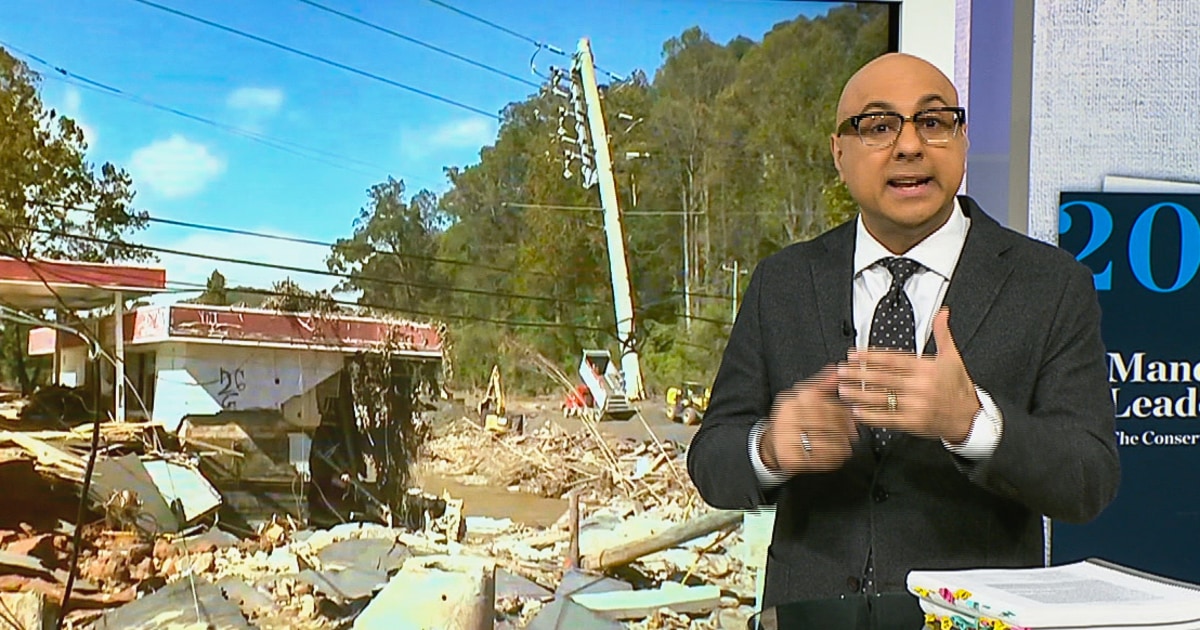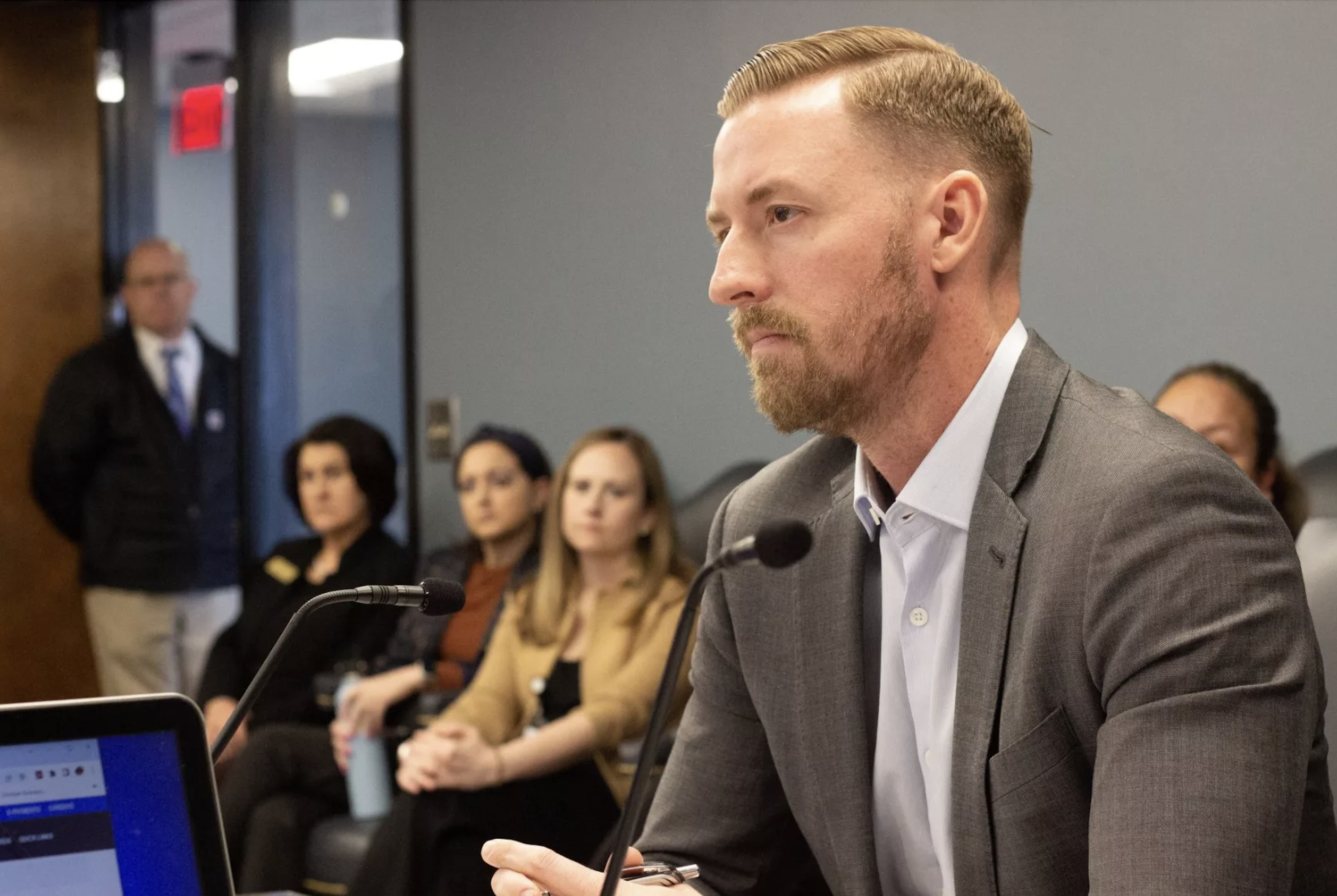Originally by Ali Velshi at msnbc.com
This is an adapted excerpt from the Oct. 6 episode of “Velshi.”
The Southeast is bracing for Hurricane Milton, with the massive storm expected to make landfall in Florida on Wednesday. Residents there are still reeling from Hurricane Helene, which tore across the same region just days ago, killing at least 227 people and becoming one of the deadliest storms of this century. The worst of the damage is in the Big Bend region of Florida, where the storm made landfall, and in western North Carolina, where the storm battered mountain towns and caused catastrophic flooding that destroyed whole neighborhoods in and around the city of Asheville.
There are so many conspiracies about FEMA right now that they have set up a “rumor response page.”
In response, the Biden administration has deployed hundreds of active-duty National Guard members along with Federal Emergency Management Agency, or FEMA, personnel. But instead of focusing all of their energy on disaster response and recovery as FEMA is meant to do, the agency, local governments and the Biden administration are currently fighting rumors, misinformation and conspiracy theories about FEMA’s activities.
There are so many conspiracies about FEMA right now that they have set up a “rumor response page” to try to curb the spread of falsehoods. Like, for instance, the completely made-up lie, which Donald Trump himself has been pushing, that the Biden administration is spending federal disaster relief money on housing and other assistance for migrants who are in the country illegally.
Now, what FEMA actually does is provide life-saving rapid response and relief after disasters, giving individual and public financial assistance to help communities recover after homes, belongings and public infrastructure are damaged or lost. It also runs the National Flood Insurance Program, which provides one of the only comprehensive flood insurance options in the country.
Unsurprisingly, Project 2025 has another vision for the future of American disaster preparedness. Under the Heritage Foundation’s blueprint for the next conservative administration, FEMA would be gutted.
On page 135, its authors suggest, “Privatizing … the Federal Emergency Management Agency (FEMA) National Flood Insurance Program, reforming FEMA emergency spending to shift the majority of preparedness and response costs to states and localities instead of the federal government, eliminating most of DHS’s grant programs.”
It also recommends that Congress change the cost-sharing agreement so the federal government only covers 25% of costs for small disasters, with the cost-sharing reaching a maximum of 75% for “truly catastrophic disasters.” That would likely leave poorer states and communities out to dry, unable to fully recover from disasters.
Additionally, Project 2025 recommends raising the per-capita threshold, a threshold used by FEMA to determine whether a disaster has caused enough damage to qualify for federal assistance. Along with knee-capping FEMA’s assistance programs, the blueprint suggests eliminating the Small Business Association Disaster Loans completely.
Looking deeper into Project 2025, it becomes clear that, taken together, the mandate’s policy proposals would wreak havoc on communities trying to get through major weather events and other disasters.
If anything, Hurricane Helene has highlighted areas that need to be bolstered. We need to continue to invest in climate–resilient infrastructure. We need to continue to invest in understanding the ways in which our communities are vulnerable to these increasingly likely major disasters.
Project 2025 risks undermining our ability to measure climate risks at all. Instead of understanding the threats to our communities, instead of preparing for these events, Project 2025 aims to dismantle the agencies we rely on for climate and weather-related information, like the National Oceanic and Atmospheric Administration, The National Weather Service and the Environmental Protection Agency.
Without trustworthy, robust climate data and regulatory oversight, it will be much harder to future-proof our communities against the rising threats of worsening natural disasters like flooding, storms and wildfires.
Project 2025’s policy proposals would wreak havoc on communities trying to get through major weather events and other disasters.
Combined together, Project 2025’s proposals to dismantle these agencies will mean that we will know less about natural disasters and our vulnerabilities to them. We’ll be less prepared for those disasters when they happen, and our communities will likely get less help to deal with the aftermath.
Rather than taking a proactive approach to the threats of climate change, rather than facing the risks before us, rather than equipping ourselves with good information and readily helping impacted areas rebuild with resilience in mind, Project 2025’s proposals would force our heads in the sand. It would put the most vulnerable communities at greater risk with less information and would leave us with less help on the other side of catastrophe.
Read the Original Story





